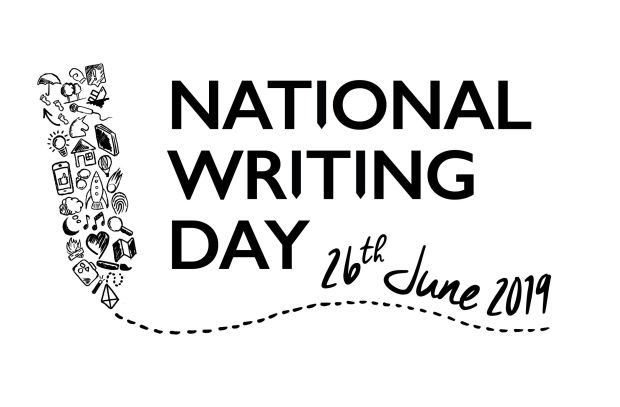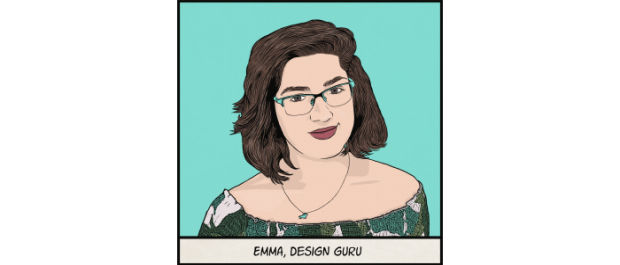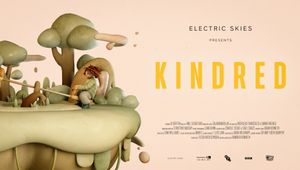
National Writing Day: How to Write the Best Script for Animation

This National Writing Day, Emma (our St Andrews-based art director) explains how to write the best possible script for animation.

Understanding what scriptwriting is and its place in pre-production is extremely useful when making a start on your animation. The foundation of scriptwriting is about getting across potentially complex messages as concisely as possible.
This is because you only have around 100 to 120 words to play with, when reading aloud, in a 60-second animation.
In order to write concisely on a client's project, very often you need to actually research and understand a lot more around their industry or subject - case in point, when writing scripts for Artemis Fund Managers, we had to really wrap our heads around the concepts of their products in investment, shares and bonds, in order to effectively explain them!
Most scripts that we write get recorded and turned into voice overs but sometimes, if there is no voiceover, a script can be a written aid to plan the visual sequence before beginning the storyboarding process.

The typical scriptwriting process
The first step is to define the tone of voice and style of animation the client is looking for. Should the script be businesslike or bubbly? Is there a detached voice over explaining a product technically, or is a character speaking directly to the viewer?
The next step is to define the content that needs to be included, and the order in which it needs to be said. Often this is initially provided as topline bullet points from the client.
Next, we finesse and thread these bullet points into a natural flow, creating a storyline and giving breathing space as needed for the voice artist to tell the story. The script is almost always too long at this point, as we focus purely on getting a good flow.

Now we need to edit – cutting out unnecessary phrasing and rewording points to get them as tight as possible, to keep within the strict word (and hence time) limits.
Depending on the project, at this point we sometimes supplement the written script with short descriptions of how we imagine the accompanying visuals. This helps the client to picture what will be happening, however most importantly, it can allow us to take some of the information out of the voiceover, but still include it visually.
For example, say the original sentence was "Our wide range of product categories include indoor plants, outdoor plants, succulents, cacti, fruit trees and hanging baskets" (that's a fifth of your word count already) – instead we might say "We provide a wide range of product categories" in the script, with the visual note using icons representing product categories (indoor plants, outdoor plants, succulents, cacti, fruit trees and hanging baskets) popping up in the animation as part of the narrative.
Finally, we send the script to the client, so they can ensure we have captured everything that needs to be included. With approval, this script can then be recorded by a voiceover artist, and we can draw up a storyboard to fully expand on the visual narrative.

A successful script is always key to laying the foundations of a successful animation – it provides the structure and the timing for the animation, and sets the tone of voice. Sometimes, it can actually provide the inspiration for the visuals.
One of my favourite examples of an animation, that inspires me, with a script and visuals that perfectly compliment each other is The Wisdom of Pessimism – enjoy!
Images: National Writing Day.










